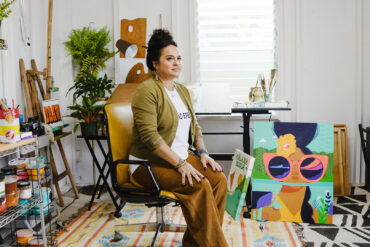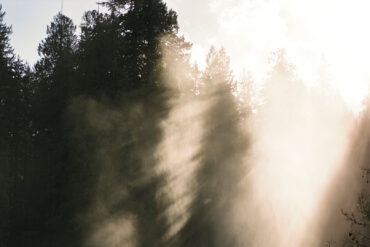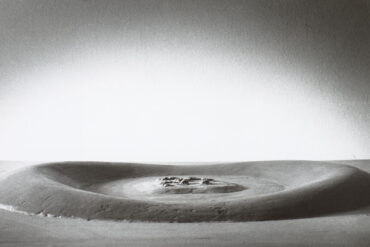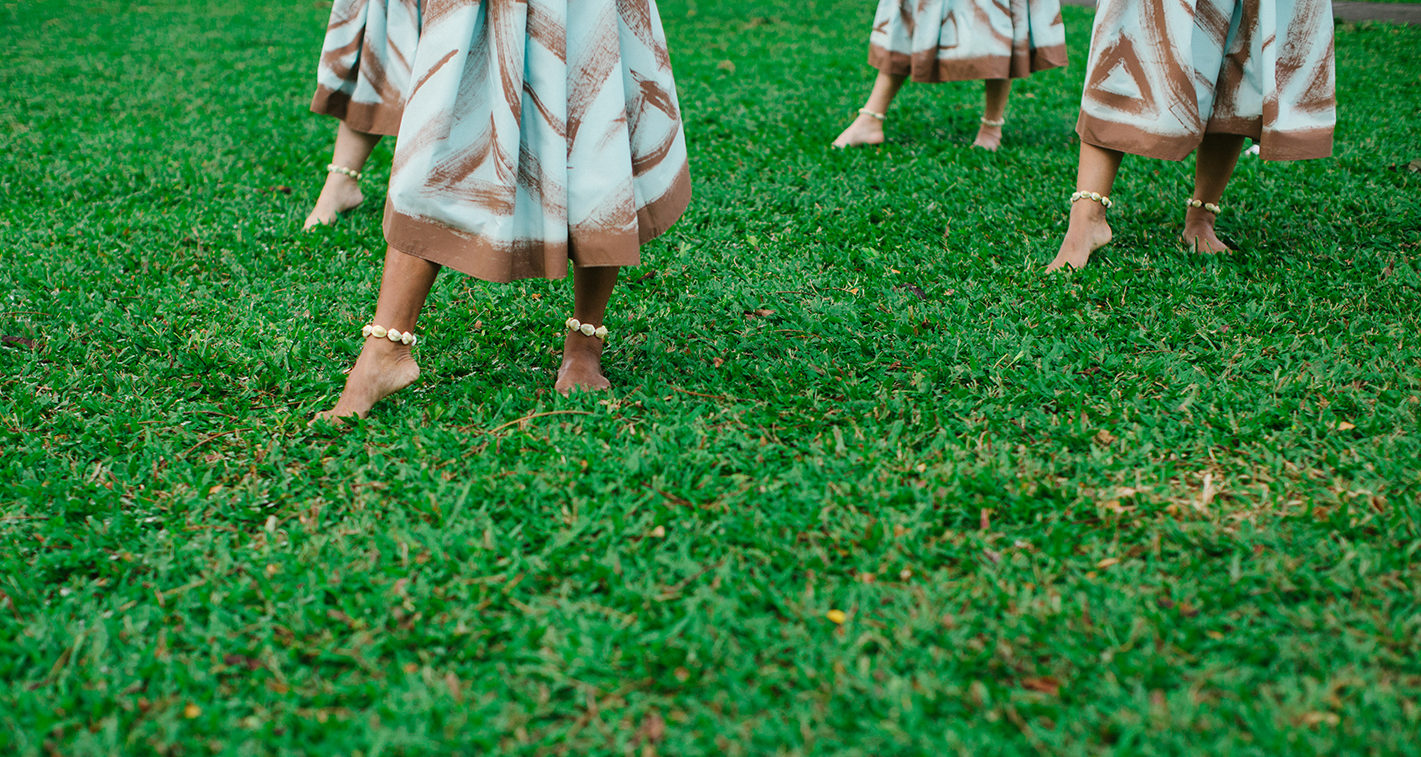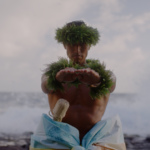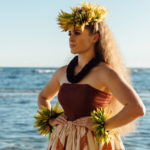The Merrie Monarch Festival in Hilo preserves the ancient Hawaiian tradition of hula.
“People say that the hands tell the story in hula, but I think that was a misconception that arose because the Hawaiian language was less and less understood,” says kumu hula Manu Boyd. “The hands can be very subtle or nothing at all. When fewer and fewer people understood the language, the motions became very graphic: house, rain, flower—smile,” he says, demonstrating by holding his hands to his lips.
Boyd began dancing hula in Robert Cazimero’s Hālau Na Kamalei in 1978. He became a kumu hula instructor in 1995 and established his own school, Hālau o ke ‘A‘ali‘i Ku Makani, in 1997. Boyd participates regularly in the annual Merrie Monarch Festival, which was founded in 1962 by legendary kumu hula and scholar Uncle George Na‘ope.
The festival, held annually on Hawai‘i Island, commemorates the much-admired King David Kalākaua, who was known as the “Merrie Monarch” and who was responsible for the Hawaiian cultural revival of the late 1800s. Dancers train year-round and travel in from almost every moku (district) of Hawai‘i to participate.
“Hula was banned under the rule of King Kamehameha II when he abolished the kapu system, a Hawaiian code of conduct that guided roles of men and women, the political system, and religion.
When the Calvinist missionaries arrived in 1820, they called hula noisy, unharmonious, and a way to promote lasciviousness, and had laws passed requiring the need for a permit to perform hula publicly. Hula performances were driven underground until Kalākaua revived it as a living tradition.
These myths are extremely detailed and with no written language form. Hawaiians relied on oral tradition, incorporating chants and dances to preserve them—sort of the MTV of the day.

There are many Hawaiian myths associated with the origins of hula, but Boyd associates hula with the legend of Hi‘iaka, who performed a swaying dance in the district of Puna to appease her sister Pele.
“These myths are extremely detailed and with no written language form. Hawaiians relied on oral tradition, incorporating chants and dances to preserve them—sort of the MTV of the day,” Boyd says.
Today, hula is a way of cultural remembrance. Through this tradition, we are able to revisit Hawai‘i’s past. For more than half a century, the Merrie Monarch Festival has preserved traditional Hawaiian customs.
Held in the Edith Kanaka‘ole Tennis Stadium in the heart of Hilo, the festival begins with a ho‘olaule‘a (music festival), along with hula performances that include kahiko (traditional), ‘auana (modern), and experimental techniques.
The celebration continues with art exhibits, craft fairs, and a three-day hula competition, and ends with a royal parade.
By teaching and inspiring those who participate, as well as those who watch, Merrie Monarch educates thousands of people from around the world in the true history of ancient Hawai‘i.

